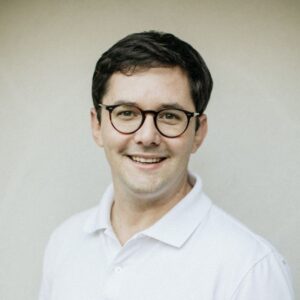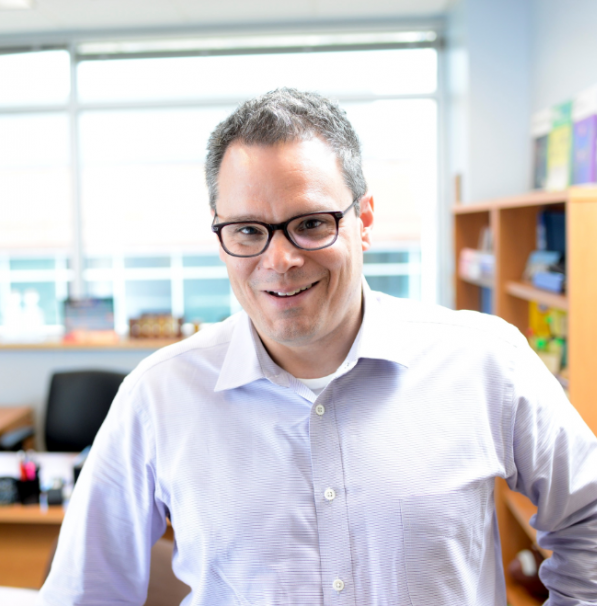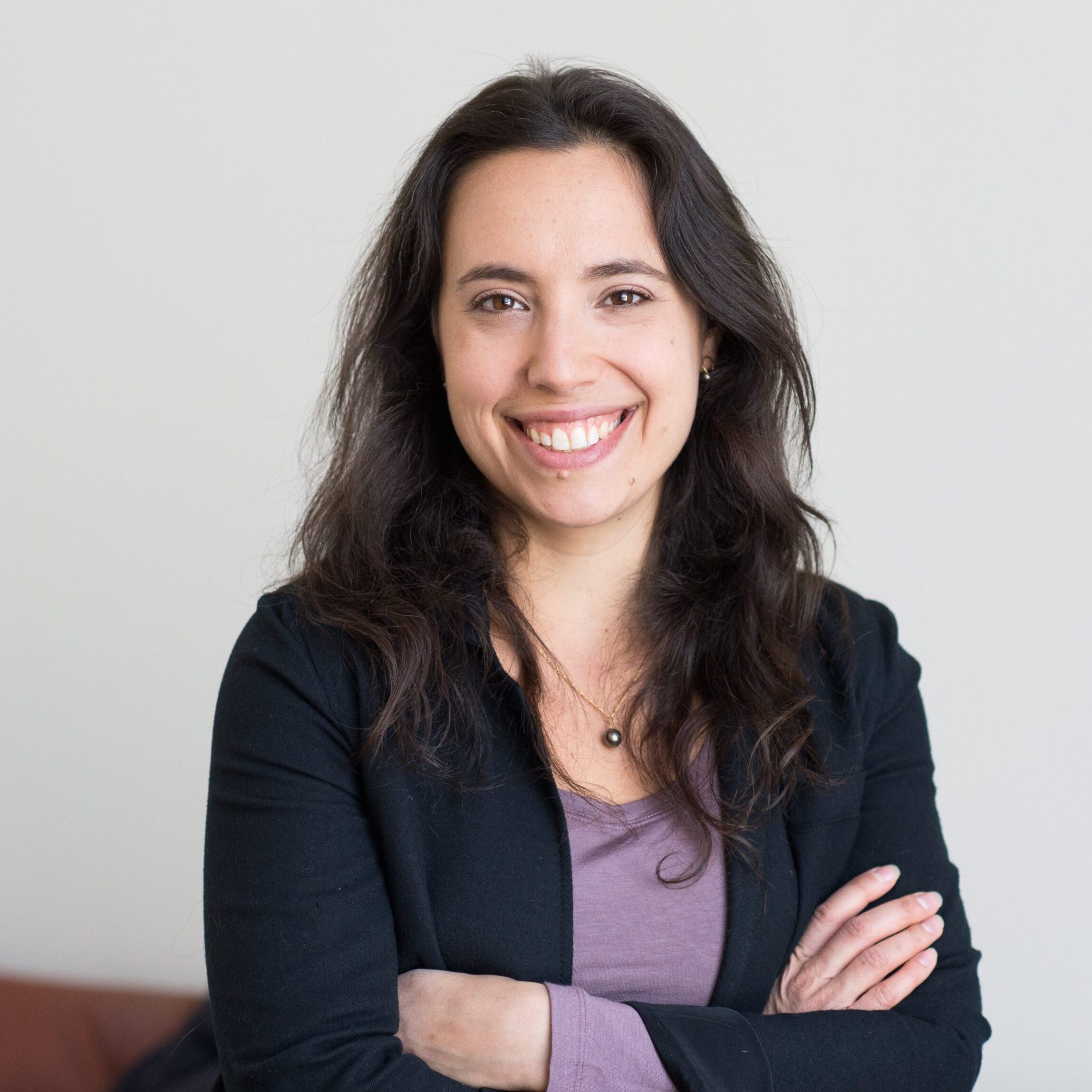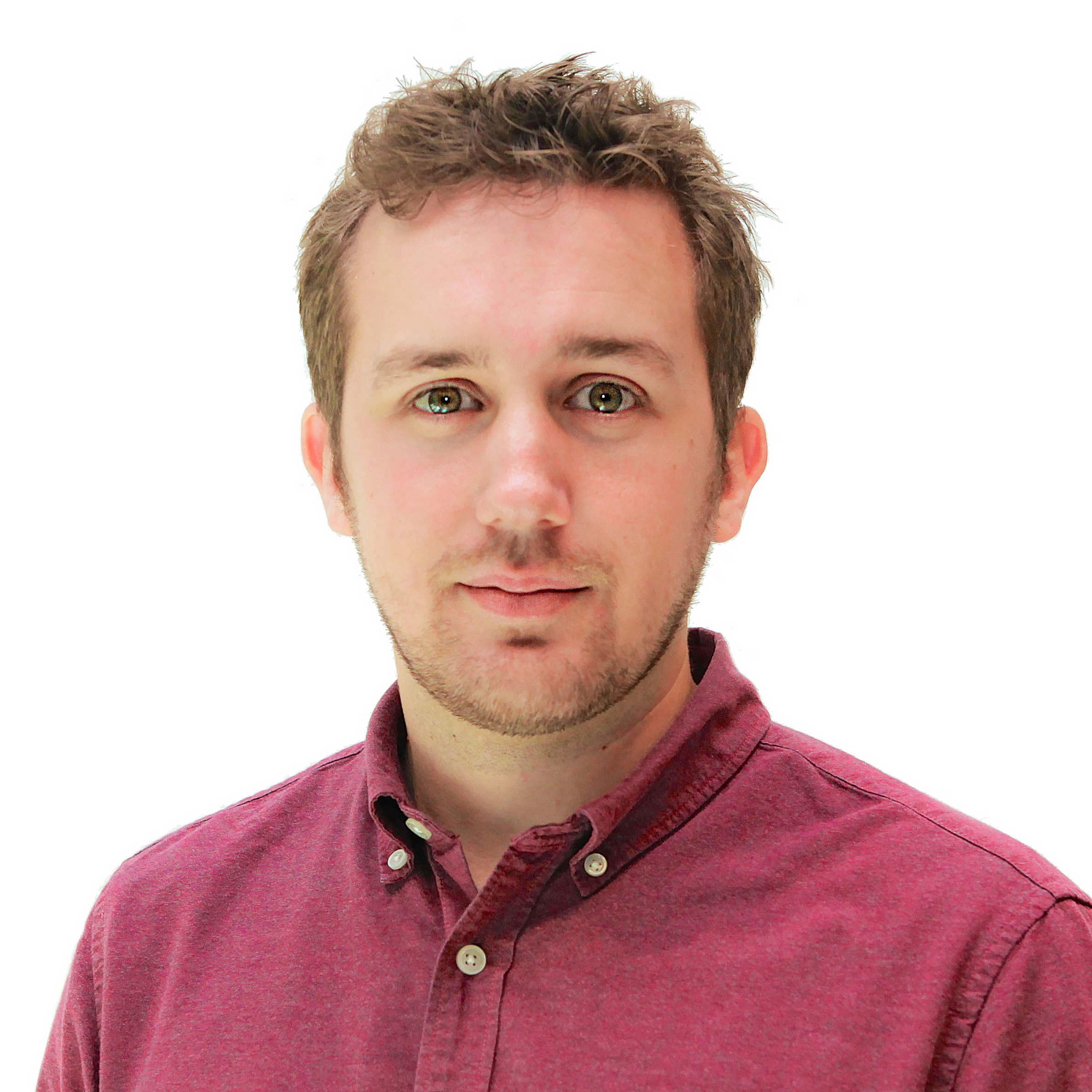Research at BioLEC
The chemical industry accounts for 10% of energy consumption globally, generating 7% of all greenhouse gas emissions in the manufacture of everyday chemicals and materials. BioLEC brings together a diverse group of researchers with the aim of using light to supercharge catalysts in the way that Nature harvests multiple photons to power reactions. This will enable photocatalysts to drive transformations more effectively and efficiently, thereby reducing this energy burden.
Research in the Center focuses on developing and improving light-powered catalysts and the reactions they facilitate to use in generating specific and valuable chemical products from more stable and abundant starting materials, such as waste matter like sawdust or plastic bags.
We advance towards this mission through research in three thrusts:
Thrust A: Innovate
To develop innovative photochemistry that enables new routes for synthesizing chemical feedstocks
Thrust B: Exploit
Emulate and exploit biological systems to enable new or improved syntheses
Thrust C: Elucidate
To inform the design of new photocatalysts by elucidating photocatalysis mechanisms
Thrust A: Innovate
Overview
To develop innovative photochemistry that enables new routes for synthesizing chemical feedstocks
Research portfolio
Photochemistry, photophysics, contrathermodynamic transformations
Focus: We develop new photochemistry and feedstocks in BioLEC, to expand the scope of mechanistic tools and reactive substrates available to the photocatalysis community. Drawing on the rich physical chemistry capabilities in BioLEC, we design new reactivities and modes of excitation to push the boundaries of photoexcitation and accessible redox potentials. Using this new chemistry we valorize feedstocks that were previously inaccessible to photochemistry, providing a pathway toward recycling environmental waste such as polymers.
Example publications
Suong T. Nguyen, Lydia R. Fries, James H. Cox, Yuting Ma, Brett P. Fors, Robert R. Knowles, “Chemical Recycling of Thiol Epoxy Thermosets via Light-Driven C–C Bond Cleavage”, J. Am. Chem. Soc. 2023, 145, 11151, available online.
Jesse A. Wisch, Xiao Liu, Patrick J. Sarver, Cesar N. Prieto Kullmer, Agustin Millet, David W. C. MacMillan, Barry P. Rand, “Plasmon Mediated Near-Field Energy Transfer From Solid-State, Electrically Injected Excitons to Solution Phase Chromophores”, Adv. Funct. Mater. 2023, available online.


Felix Castellano
Thrust A leader
Thrust B: Exploit
Overview
Emulate and exploit biological systems for new or improved syntheses
Research portfolio
Spectroscopy, biosynthesis, biocatalysis
Focus: We have demonstrated how nature’s catalysts – enzymes – can mediate a variety of non-natural transformations when boosted by photoexcitation. By designing microenvironments in photoenzymes, we introduce functionality that first mimics and then exceeds that of natural systems. We have also replicated the separation of light harvesting and reactivity in photosynthesis through the development of a biohybrid photocatalyst that increased product yields by an order of magnitude or more. We will expand this strategy to various light-harvesting moieties, earth-abundant photocatalysts, and photoenzymes so that the enhancement from light-harvesting can be applied flexibly to transformations.
Example publications
Paul T. Cesana, Claire G. Page, Dvir Harris, Megan A. Emmanuel, Todd K. Hyster, Gabriela S. Schlau-Cohen, “Photoenzymatic Catalysis in a New Light: Gluconobacter “Ene”-Reductase Conjugates Possessing High-Energy Reactivity with Tunable Low-Energy Excitation”, J. Am. Chem. Soc. 2022, 144, 17516, available online.
Jose Carceller, Bhumika Jayee, Claire Page, Daniel Oblinsky, Nithin Chintala, Gustavo Mondragón-Solórzano, Jingzhe Cao, Zayed Alassad, Zheyu Zhang, Nathaniel White, Gregory Scholes, Sijia Dong, Todd Hyster, “Engineering a Photoenzyme to Use Red Light “, ChemRxiv. 2024; doi:10.26434/chemrxiv-2024-cjs5j

Gabriela Schlau-Cohen
Thrust B Leader

Todd Hyster
Thrust B leader
Thrust C: Elucidate
Overview
To inform design of photocatalysts by elucidating photocatalysis mechanisms
Research portfolio
Organic synthesis, inorganic catalysts, spectroscopy
Focus: BioLEC researchers are adept at developing and applying a variety of advanced spectroscopic and physical chemistry techniques including transient absorption spectroscopy, organometallic synthesis, EPR, pulse radiolysis, and ultra-fast IR to study the mechanisms in multiple metallaphotoredox reactions, including C–O, C–N, and C–C couplings. Our studies advance fundamental knowledge of the elementary organometallic steps available through visible light excitation. We are now building on these efforts with the goal of gaining a global understanding of how changes to substrate, ligand, and photocatalyst identity affect the reaction mechanism. We use this understanding to design improved and new dual transition metal/photoredox coupling reactions, and to expand the catalog of photocatalysts to include more abundant metal complexes.
Example publications
Amy Y. Chan, Atanu Ghosh, Jonathan T. Yarranton, Jack Twilton, Jian Jin, Daniela M. Arias-Rotondo, Holt A. Sakai, James K. McCusker, David W. C. MacMillan, “Exploiting the Marcus inverted region for first-row transition metal-based photoredox catalysis”, Science 2023, 382, 191, available online.
Stephen DiLuzio, Lakshmy Kannadi Valloli, Max Kudisch, Daniel T. Chambers, Garry Rumbles, Obadiah G. Reid, Matthew J. Bird, Hannah J. Sayre, “Reconceptualizing the IrIII Role in Metallaphotoredox Catalysis: From Strong Photooxidant to Potent Energy Donor”, ACS Catal. 2024, available online.

Abigail Doyle
Thrust C Leader

Hannah Sayre
Thrust C leader
Assistant Professor Chemistry and Chemical Biology/Chemical Engineering
Northeastern University
